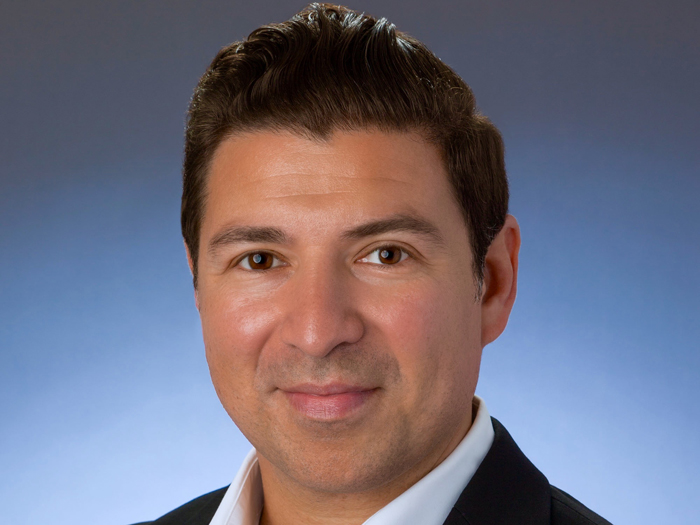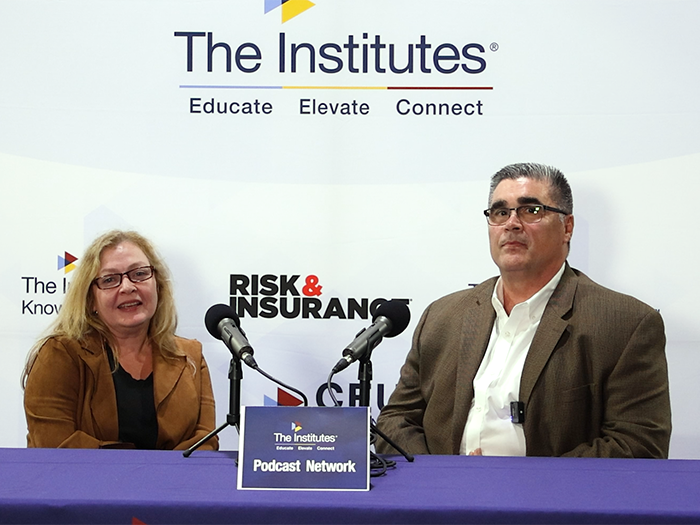Sponsored Content by AmTrust Financial
The D&O Trends, Challenges and Solutions Insurers Are Watching for in 2020 and Beyond

It’s been an interesting few years for the director’s and officer’s, or D&O, insurance marketplace. The industry was experiencing decreasing premiums and increasing market capacity for several years, but as new risk factors and increasing frequency and claims costs came into play, things have started to change.
At the start of 2020, D&O insurance was already facing a hardening market as insurers reported a record number of securities claims over the last several years. Along with the claims, many have also reported a record number of payouts, which correlates with the uptick in “nuclear verdicts” (more than $10 million) being awarded by juries.
“It’s more than the perfect storm,” said Jim Seymour, executive senior vice president at AmTrust Exec, a division of AmTrust Financial, offering a full suite of management liability products.
“Perfect storms come about with the congruence of three atmospheric factors. In this case, there are four to five significant factors that are impacting D&O litigation today. Each started roughly four or five years ago and are now being exacerbated by COVID-19 and these recessionary times.”
These factors, including increased settlement values and defense costs, event-based litigation, merger and objections claims, dramatic increase in frequency and more prolific plaintiffs’ attorneys eager to bring about claims, have all been brewing to create the current D&O climate.
“The recessionary impact of COVID-19 has created the most immediate underwriting challenge for D&O insurers,” said Seymour.
Here’s a deeper look at the challenges and trends facing D&O insurance and what the future looks like in a hardening market.
Plaintiffs’ Attorneys, Rising Securities Claims, Changing Risk Factors: It’s More Than the Perfect Storm

Jim Seymour, Executive Senior Vice President, AmTrust Exec
The D&O market is coming off several years of declining pricing, from 2009 to mid-2019, while securities claims are on the rise for D&O. Though recent years haven’t seen the height of class action lawsuits of 2001, the last three years have seen more than 400 class action filings each. However, when adjusted for the decline of the number of public traded companies, the frequency is significantly greater than 2001. That trend is likely to continue as more suits connected to COVID-19 come to fruition.
According to Seymour, the rise in litigation is likely being fueled by a rise in the professional plaintiff bar.
“We’ve seen a flurry of claims activity being brought by this invigorated plaintiff bar,” he said.
“Historically, two or three firms would only bring claims if they sensed egregious issues. Recent rulings regarding company’s disclosures and weakening of the Securities Reform Act safe harbors, have sparked an interest in newer law firms. This makes the firms more willing to bring litigation quickly.”
The increased claims frequency has since been a large contributing factor to the hard marketing increase for D&O.
Seymour said insureds are hoping to retain the same amount of insurance, but pricing increases have forced insureds to decrease limits, accept coverage restrictions or, in some rarer cases, self-insure.
“Major players have been reducing capacity. It’s the largest factor that’s leading to the overall rate increase number reported by many,” he explained.
To mitigate these increases, directors and officers and their brokers are looking at how to explain to the underwriting market their unique story. Factors like COVID-19 have become part of the narrative as well, as insureds look to partner with an insurer to minimize pricing increases and coverage restrictions.
The Impact of COVID-19 on the D&O Space
 COVID-19 has certainly heightened fears and anxieties for insureds as they look to maintain coverage in an already difficult market. The current climate, therefore, has ushered in a new way of conducting business.
COVID-19 has certainly heightened fears and anxieties for insureds as they look to maintain coverage in an already difficult market. The current climate, therefore, has ushered in a new way of conducting business.
Meetings with clients have increased despite office closures and stay-at-home orders in multiple states, explained Seymour. Insureds are meeting with their D&O brokers long before renewal to stay ahead of price hikes and to work through the individual risks that arise for their particular business.
“I used to participate in one or two insured calls a week. Now, I’m sitting in on eight to ten each week,” he said. “The business uncertainties of COVID-19 have exacerbated D&O insurers concerns and it’s driven clients to want to get in front of the underwriting community to manage the risk.”
Seymour added that publicly traded companies are working closely with their attorneys from a liability standpoint to craft the proper disclosures of the impact of COVID-19 and the recession on their business.
“Publicly traded companies are also making sure they have adequate liquidity and making changes to support the health of their employees.”
Health care, technology, manufacturing and other industries are facing unique challenges in the wake of COVID-19. Right now, Seymour said, the key strategy for any D&O policy has to be centered on analyzing the insured’s distinct set of risks.
Individual Risk Underwriting: A Key Component to the Future of D&O Profitability
As the trends and challenges of D&O come together with the coronavirus and its ramifications, Seymour has placed stock in one key tactic: individual risk underwriting.
“The craft of individual risk underwriting is more important than ever to meet the needs of our brokers and insureds,” he said. “Now is the time for underwriters to analyze the risk in front of them versus a portfolio management of their D&O book if they are going to return to profitability.”
Seymour added that individual risk underwriting is something AmTrust has always done.
“Evaluating risks on their own merits and crafting risk specific coverage has been a key to our success. We staff our team with senior underwriters with direct broker relationships to achieve this.”
As others in the D&O space have restricted capacity, AmTrust has expanded.
“Due to our underwriting discipline in the soft market, we are in a unique position where we can provide fresh capacity to a hard market.”
AmTrust has also been working to partner with brokers in their role to help meet capacity needs of clients. A recent webinar from AmTrust and RT Specialty delves deeper.
“Brokers and agents have to really make sure that their clients are getting in front of the D&O market and spending time with them and communicating well with clients,” said Seymour.
“With large capacity changes, cuts and reductions, it’s created a demand for retail brokers to access the wholesale D&O market conversations and traditional E&S markets in new capacity that’s coming on board,” he said.
To learn more, visit: https://amtrustfinancial.com/.
This article was produced by the R&I Brand Studio, a unit of the advertising department of Risk & Insurance, in collaboration with AmTrust Financial. The editorial staff of Risk & Insurance had no role in its preparation.










